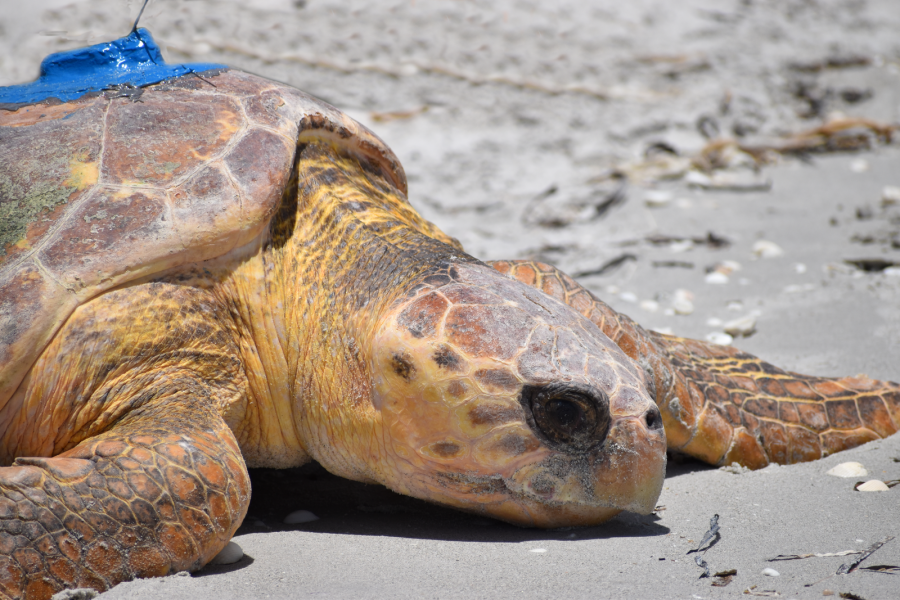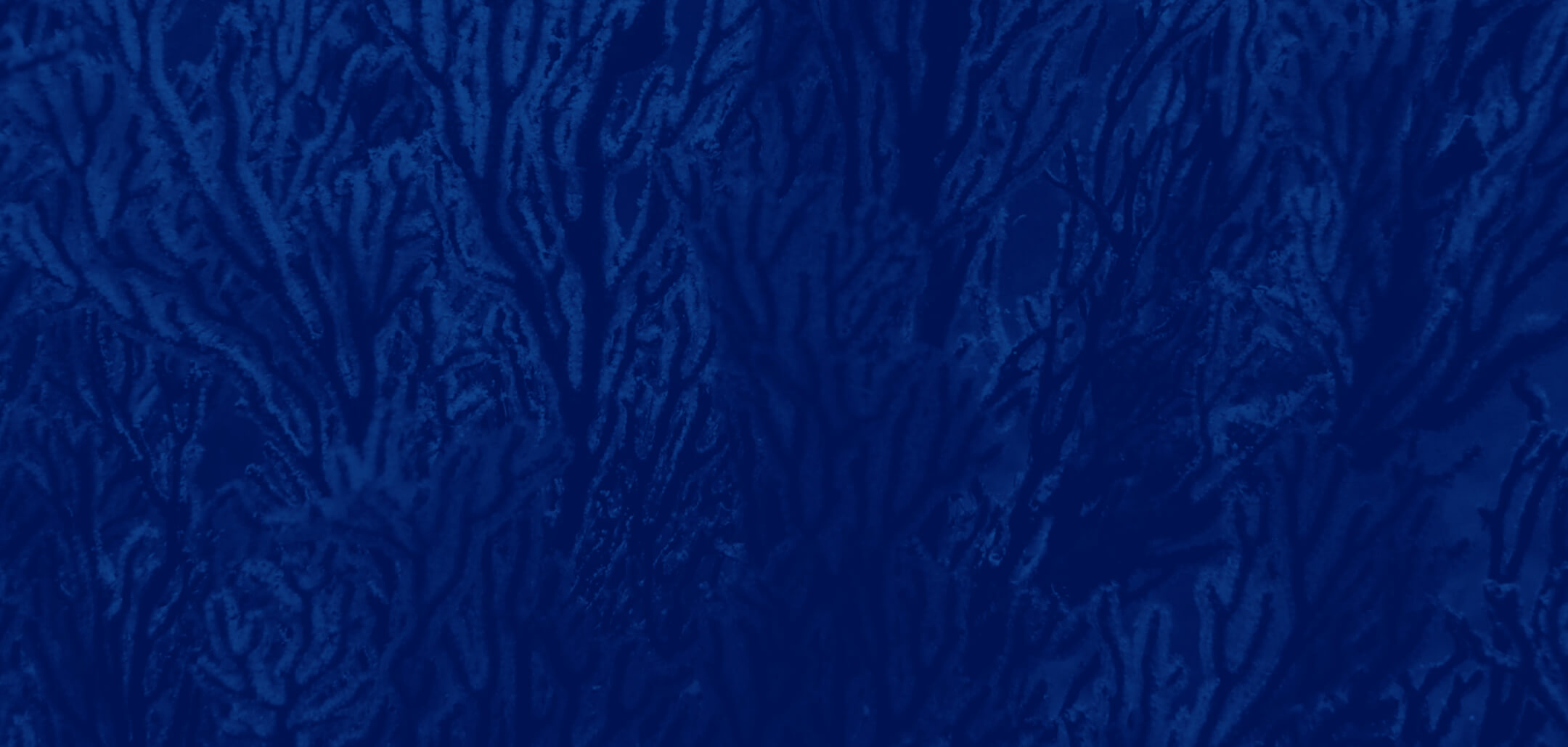 Photo above & below: Loggerhead turtle Walter with satellite tag. Credit both: Clinic for the Rehabilitation of Wildlife (CROW)
Photo above & below: Loggerhead turtle Walter with satellite tag. Credit both: Clinic for the Rehabilitation of Wildlife (CROW)
An adult male loggerhead sea turtle was fitted with a satellite tracker and released at the West Wind Inn on Sanibel on Thursday, June 28, following rehabilitation at The Clinic for the Rehabilitation of Wildlife (CROW).
The turtle was reported to the Sanibel Captiva Conservation Foundation (SCCF) Sea Turtle Hotline on June 4 after he was observed struggling and rolling in the water near shore. SCCF staff, with help from volunteers, rescued the 230-pound turtle and transported him to CROW. While at the clinic, he received supportive care and treatment for brevetoxicosis, also known as red tide poisoning. This is the sixth sea turtle to be treated and released from the clinic for brevetoxicosis since Jan. 1, 2018.
Prior to release, he was tagged with flipper tags and a passive integrated transponder (PIT) tag, and was fitted with a satellite tag. The satellite tag is being deployed as part of the Sea Turtle Conservancy’s online Sea Turtle Migration-Tracking Education Program. Started in 1996, this program is a fun, educational journey through the science, research and geography of sea turtle migration using satellite telemetry. This turtle is being tagged in partnership with CROW, Mote Marine Laboratory and Sea Turtle Conservancy.
As part of the program, the turtle was named “Walter” in honor of CROW’s 50th Anniversary and its Founder, Shirley J. Walter.

Walter’s satellite tag is a Wildlife Computers SPOT tag, which transmits the turtle’s location via satellite when he comes to the surface to breathe. Walter is the seventh adult male loggerhead sea turtle tagged by Mote Marine Laboratory as part of a study of the turtles’ migratory behavior after
“Tagging this turtle will allow us to compare his behavior with that of Bruno, Joey and Zach, three adult males released from Mote’s Sea Turtle Rehabilitation Hospital in 2006,” said Kristen Mazzarella, Senior Biologist for Mote’s Sea Turtle Conservation & Research Program. “They were also released after recovering from brevetoxicosis, a health condition caused by the toxic Florida red tide algae.”
In addition, Walter will be part of Mote’s broader study of the habitat use and home-range of adult male loggerheads in the Gulf of Mexico.
“As male turtles do not come back to land after hatching, little is known about their life history,” Mazzarella said. “Rehabilitation patients like Walter give us excellent opportunities to learn more about these less-studied adult males.”
She continued: “Walter’s tagging and release are a great example of the teamwork needed to rescue, rehabilitate, study and educate people about sea turtles. With Sanibel Captiva Conservation Foundation rescuing Walter and CROW returning him to health, Mote studying his migration to benefit conservation, and the Sea Turtle Conservancy holding the tagging permit, supervising tagging and including Walter in their Sea Turtle Migration-Tracking Education Program, we have a cohesive and successful effort to benefit this threatened species.”
Two more adult males are expected to be added to this study when released — “Intrepid” at Mote’s Sea Turtle Rehabilitation Hospital and “Coco” from The Turtle Hospital in Marathon, Florida, who will be tracked by the Sea Turtle Conservancy.
Walter’s movements can be followed at: https://conserveturtles.org/

